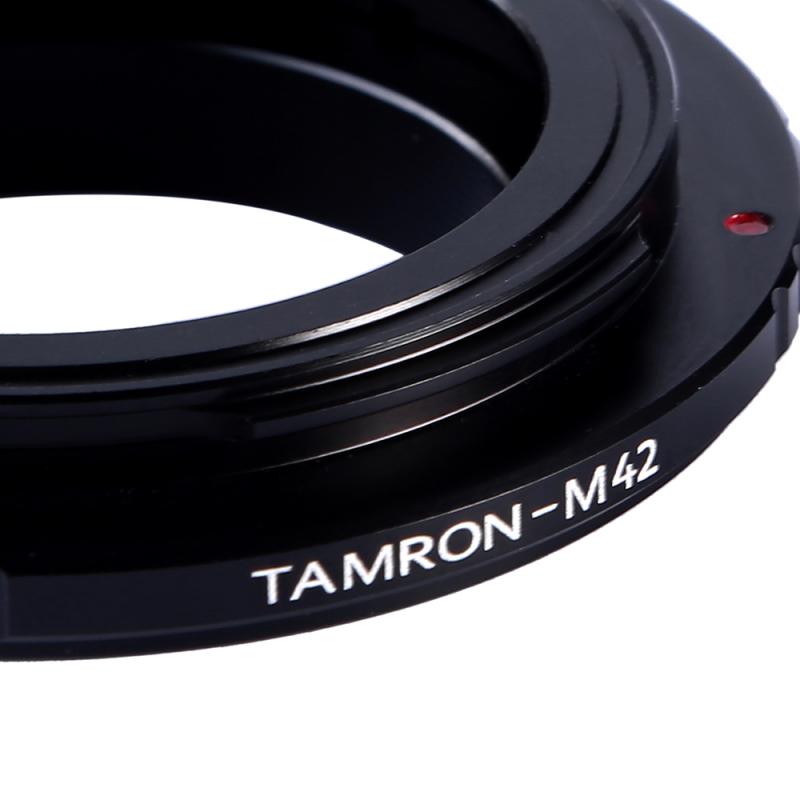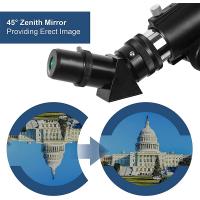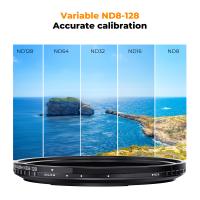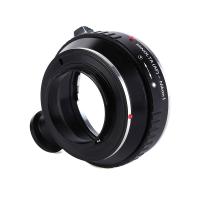Why Does A Digital Camera Need Secondary Storage ?
A digital camera needs secondary storage to store the photos and videos captured by the camera. The primary storage of a digital camera, which is usually a memory card, has limited capacity and can quickly fill up with photos and videos. Secondary storage, such as an external hard drive or cloud storage, provides additional space for storing photos and videos. This allows users to take more photos and videos without having to constantly transfer them to a computer or delete them from the camera's memory card. Additionally, secondary storage provides a backup for photos and videos in case the camera is lost, stolen, or damaged.
1、 Memory card types and capacities
A digital camera needs secondary storage for several reasons. Firstly, the internal memory of a digital camera is limited and can only store a limited number of photos. Therefore, secondary storage in the form of memory cards is necessary to store additional photos and videos. Memory cards also allow users to easily transfer photos and videos from their camera to other devices such as computers, smartphones, and tablets.
Memory card types and capacities are also important considerations for digital cameras. Different types of memory cards have different storage capacities and speeds. For example, SD cards are commonly used in digital cameras and come in various capacities ranging from 2GB to 512GB. Other types of memory cards include microSD, CompactFlash, and Memory Stick.
The latest point of view on memory card types and capacities is that they continue to evolve and improve. For example, the latest SD card standard, SD Express, offers transfer speeds of up to 985MB/s and capacities up to 128TB. This means that digital cameras can capture and store high-resolution photos and videos without worrying about running out of storage space.
In conclusion, secondary storage in the form of memory cards is essential for digital cameras to store and transfer photos and videos. Memory card types and capacities continue to evolve and improve, providing users with faster transfer speeds and larger storage capacities.

2、 Importance of backup storage
A digital camera needs secondary storage for several reasons. Firstly, the primary storage of a digital camera, which is usually a memory card, has limited capacity. This means that once the memory card is full, the camera cannot capture any more images or videos. Secondary storage, such as an external hard drive or cloud storage, provides additional space for storing photos and videos.
Secondly, secondary storage is important for backup purposes. Digital cameras are susceptible to data loss due to various reasons such as accidental deletion, formatting, or corruption of the memory card. Having a backup of the photos and videos on secondary storage ensures that the data is not lost permanently.
Moreover, secondary storage provides a convenient way to transfer photos and videos from the camera to other devices such as computers or smartphones. This allows for easy editing, sharing, and printing of the photos and videos.
In today's digital age, the importance of backup storage has become even more critical. With the increasing use of digital devices and the amount of data being generated, the risk of data loss has also increased. Therefore, having a reliable backup system in place is essential to ensure that valuable data is not lost.
In conclusion, secondary storage is crucial for digital cameras as it provides additional space, backup, and convenience for transferring data. With the importance of backup storage becoming more critical, it is essential to have a reliable backup system in place to protect valuable data.

3、 Transfer and organization of files
A digital camera needs secondary storage for several reasons, but the most important one is the transfer and organization of files. When you take a photo with a digital camera, the image is stored in the camera's internal memory. However, this memory is limited, and you can only store a limited number of photos before you run out of space. This is where secondary storage comes in.
Secondary storage, such as memory cards or external hard drives, provides additional space for storing photos and videos. This allows you to take more photos without worrying about running out of space. Additionally, secondary storage makes it easy to transfer files from your camera to your computer or other devices. You can simply remove the memory card from your camera and insert it into your computer's card reader to transfer the files.
Another important reason why digital cameras need secondary storage is for organization. With secondary storage, you can create folders and subfolders to organize your photos and videos. This makes it easy to find specific files when you need them. Additionally, you can use software to edit and enhance your photos, and then save them back to the secondary storage device.
In recent years, cloud storage has become an increasingly popular option for secondary storage. With cloud storage, you can store your photos and videos online, and access them from anywhere with an internet connection. This provides an additional layer of backup and security for your files.
In conclusion, secondary storage is essential for digital cameras because it provides additional space for storing photos and videos, makes it easy to transfer files, and allows for organization and editing of files. With the rise of cloud storage, the options for secondary storage have expanded, providing even more flexibility and convenience for photographers.

4、 Cloud storage options
A digital camera needs secondary storage because the internal memory of the camera is limited and can quickly fill up with photos and videos. Secondary storage provides additional space for storing photos and videos, allowing users to take more pictures without having to constantly transfer them to a computer or other device.
Cloud storage options have become increasingly popular as a form of secondary storage for digital cameras. Cloud storage allows users to upload their photos and videos to a remote server, which can be accessed from any device with an internet connection. This provides a convenient way to store and access photos and videos without the need for physical storage devices.
In addition to providing additional storage space, cloud storage options also offer other benefits. For example, cloud storage can provide a backup of photos and videos in case the camera is lost or damaged. It also allows users to easily share their photos and videos with others, as they can be accessed from anywhere with an internet connection.
Overall, secondary storage is essential for digital cameras, and cloud storage options provide a convenient and flexible solution for storing and accessing photos and videos. As technology continues to evolve, it is likely that cloud storage options will become even more prevalent and advanced, providing even more benefits for digital camera users.







































